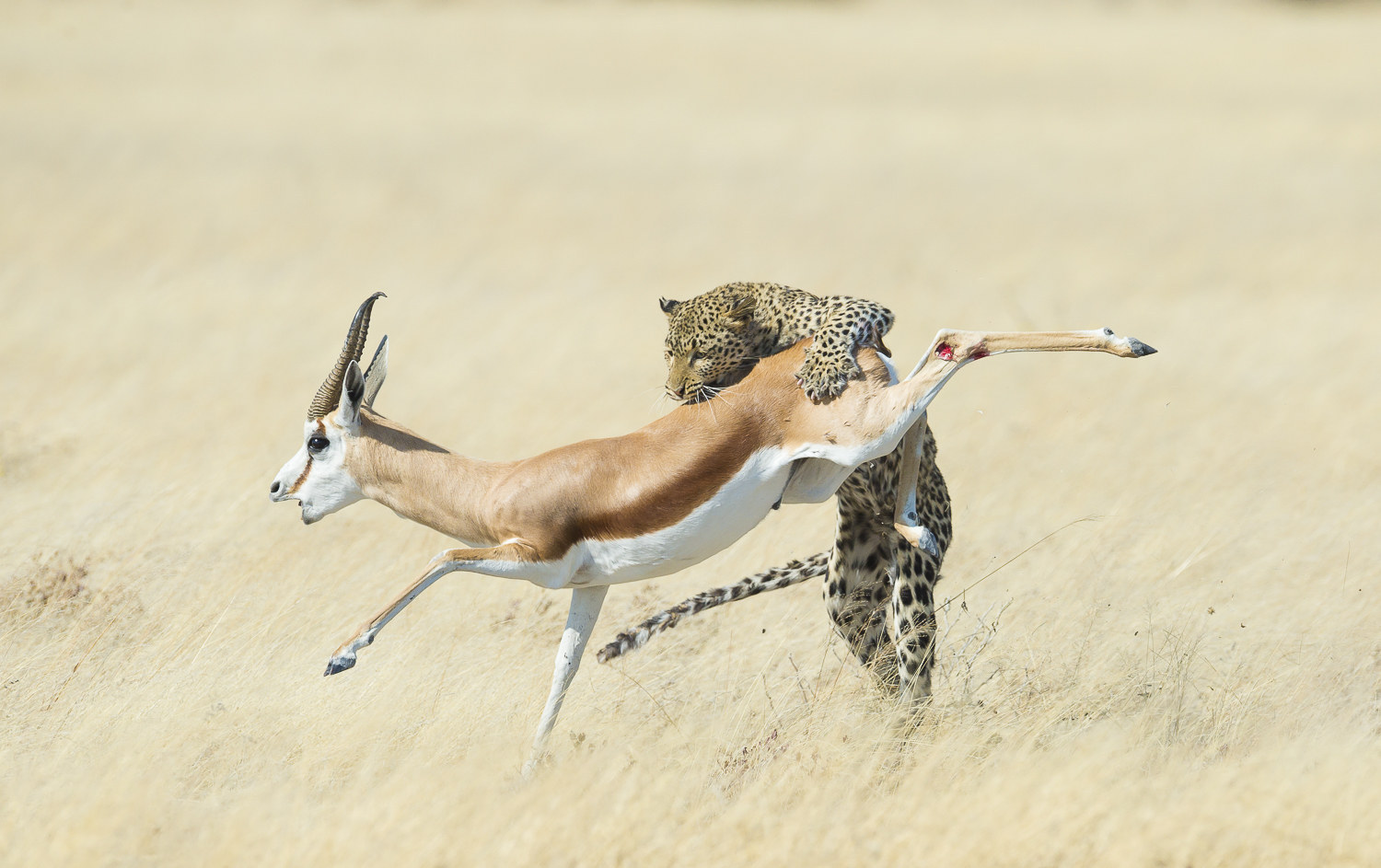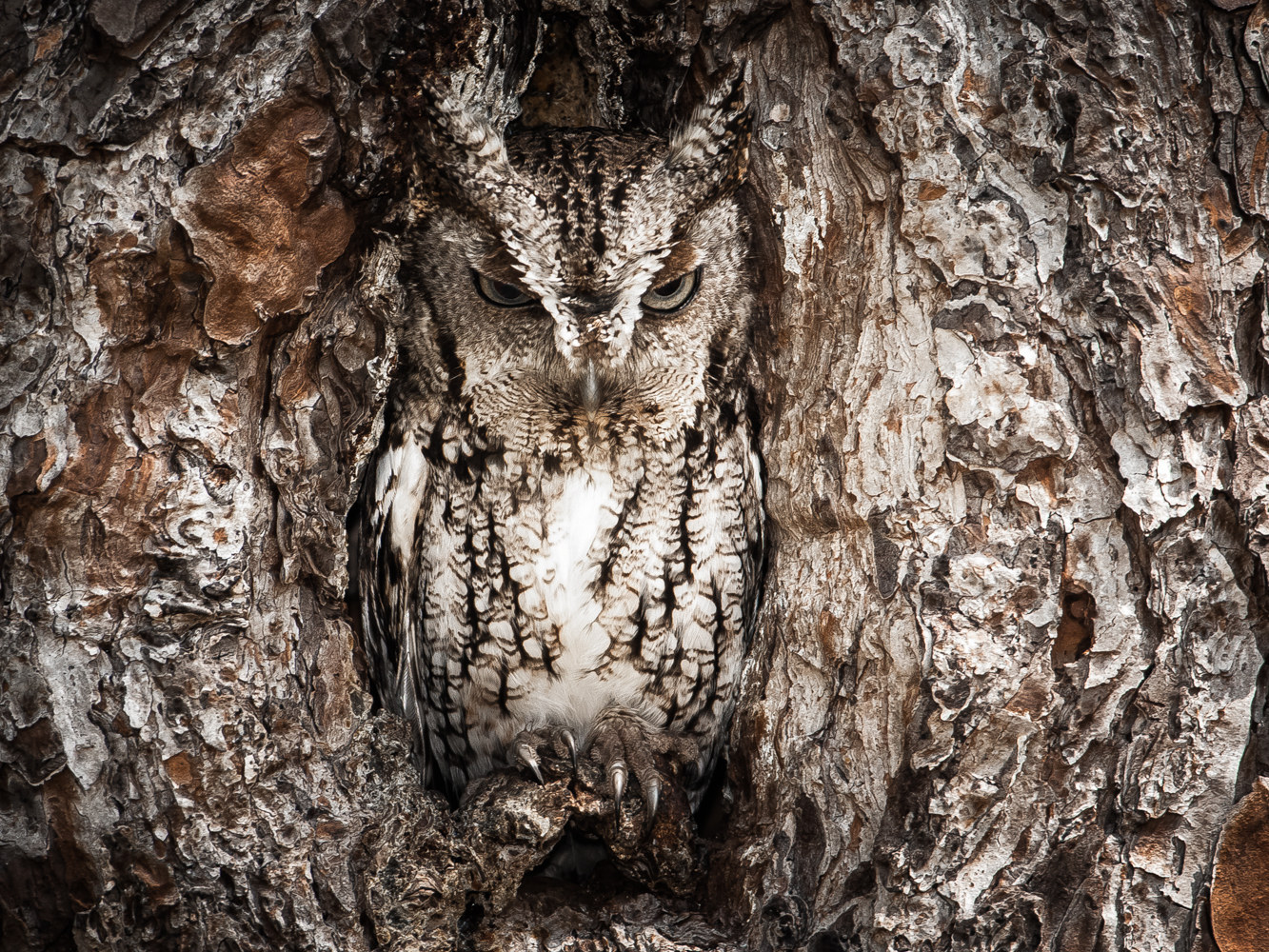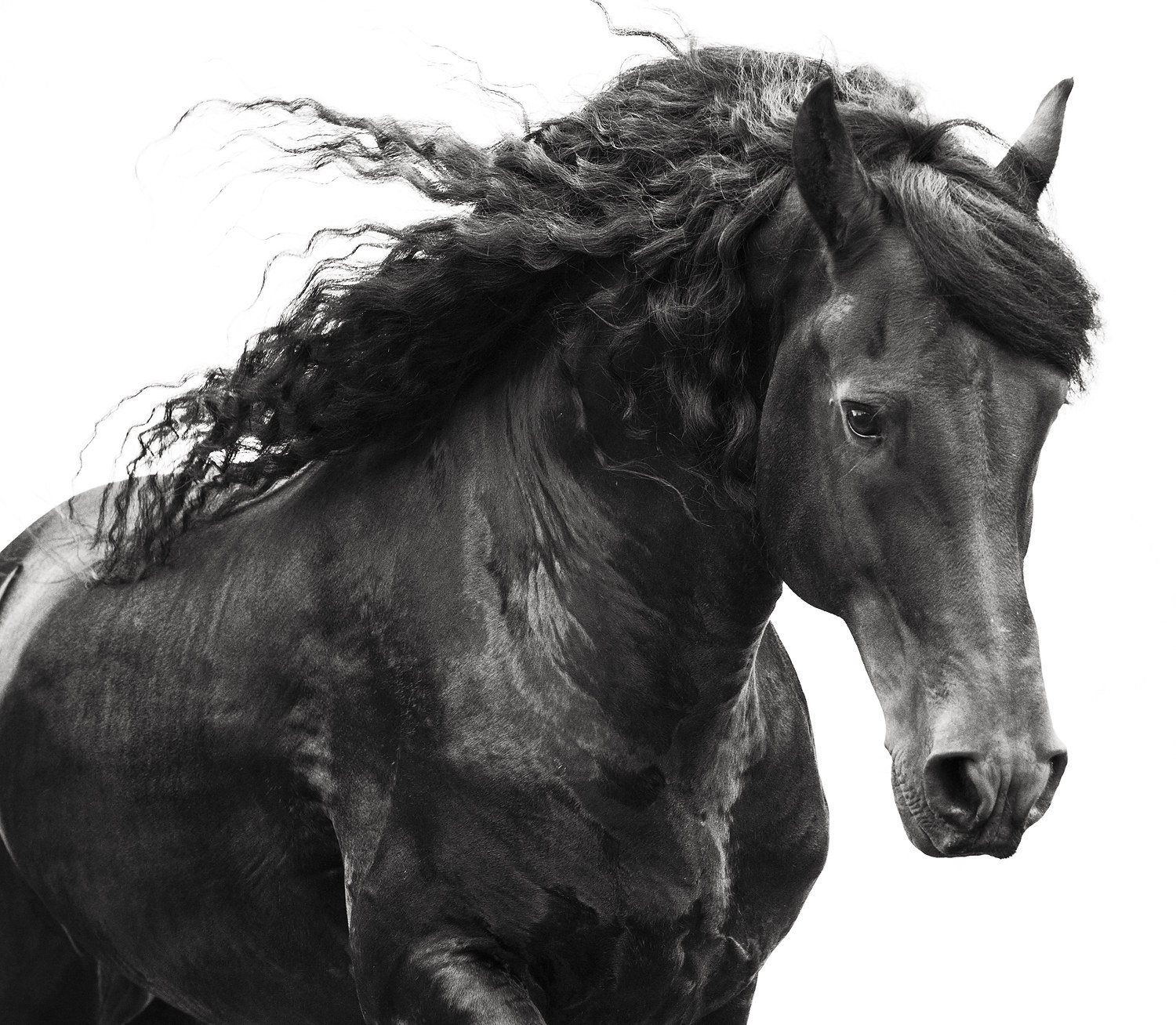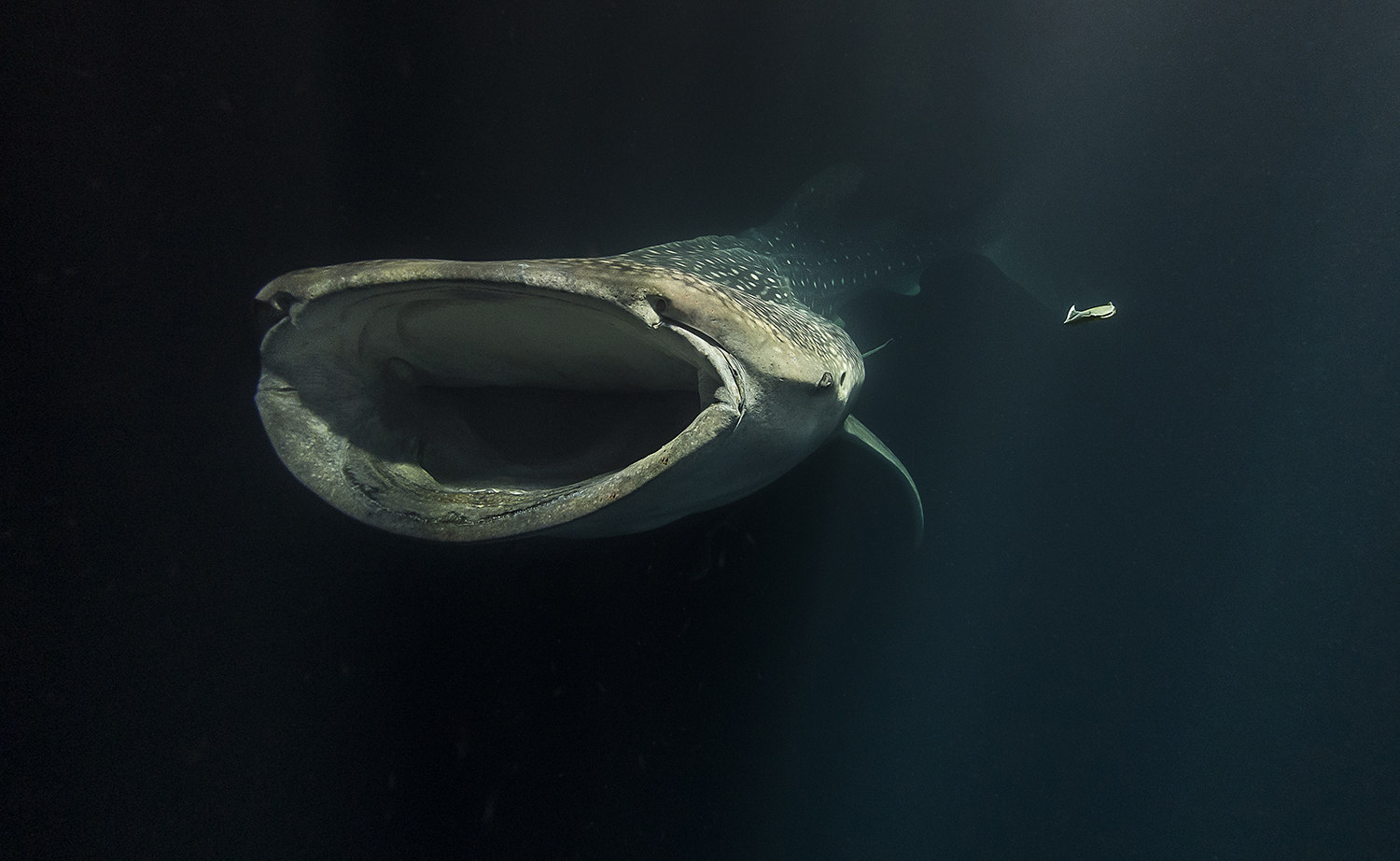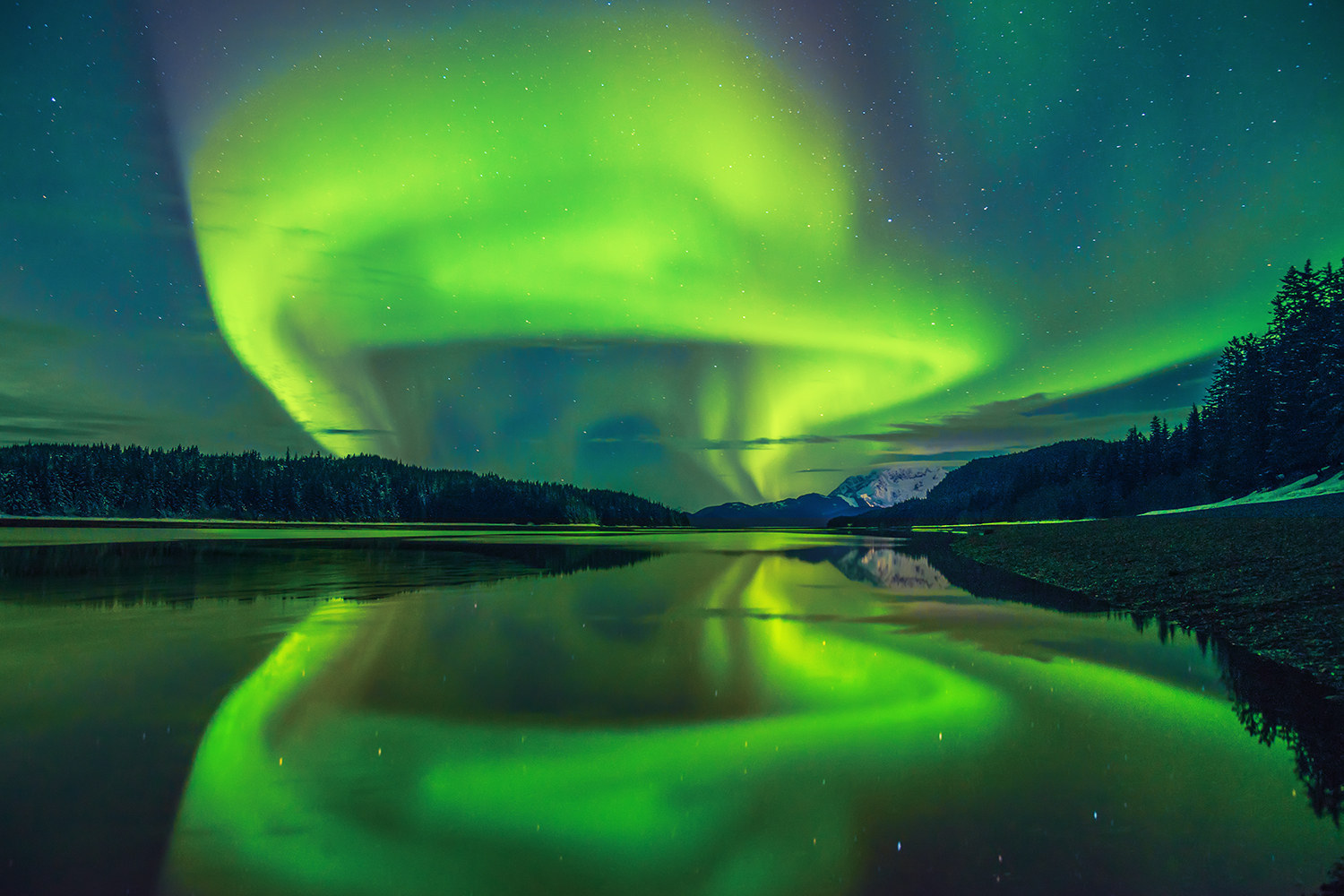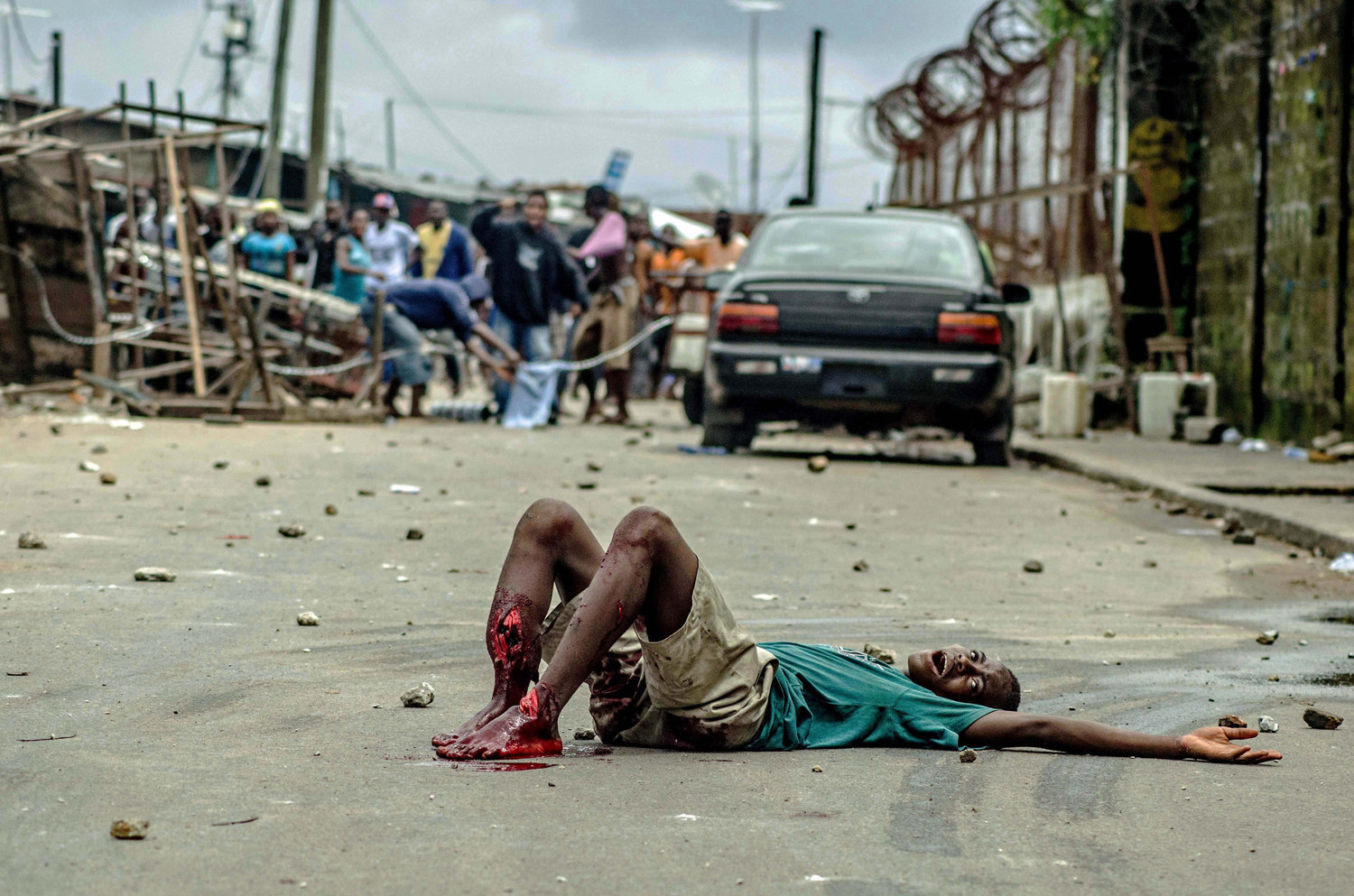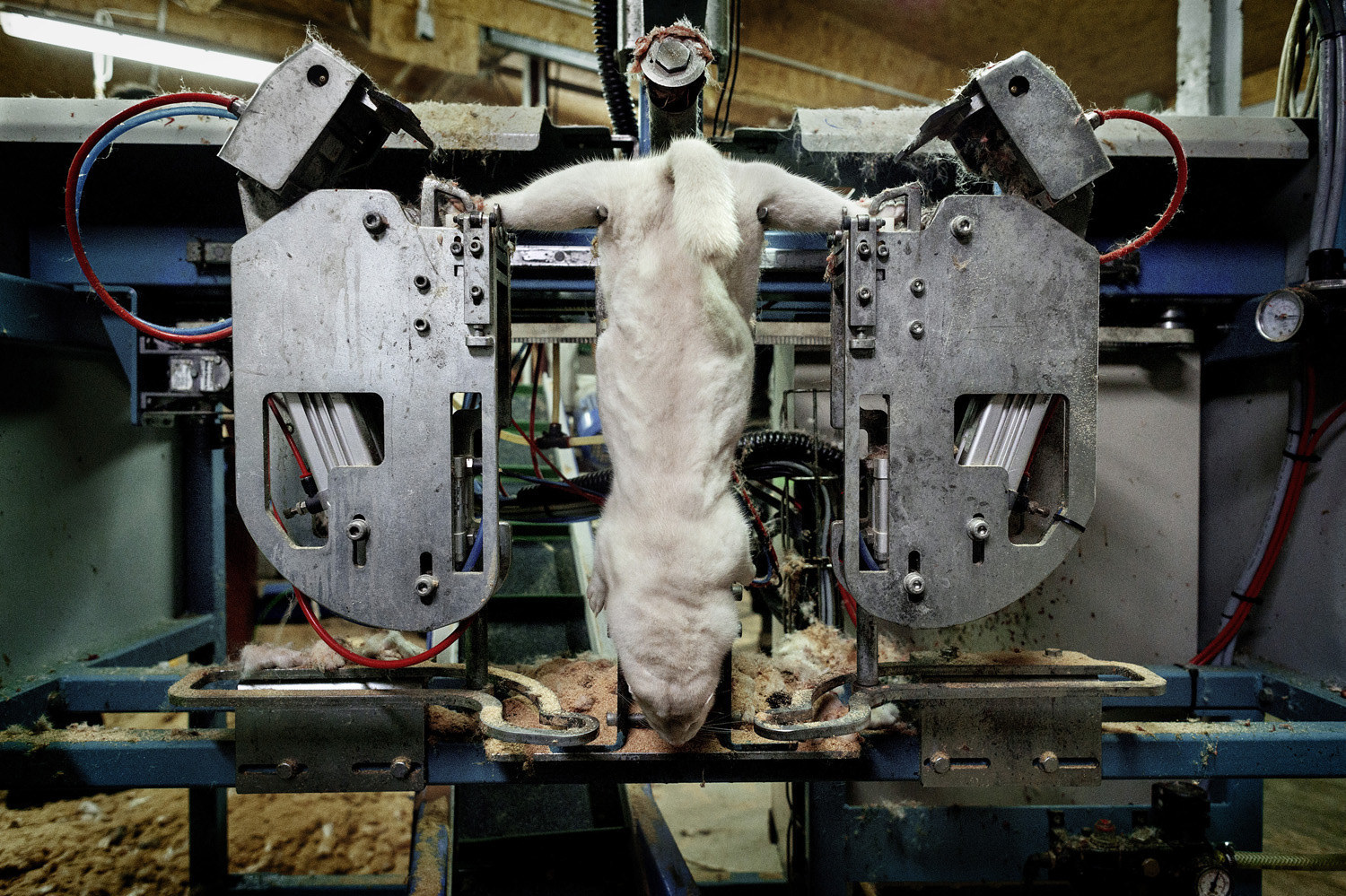Grand Winner
"Band of Brothers", Linelle Deunklinell, Uganda
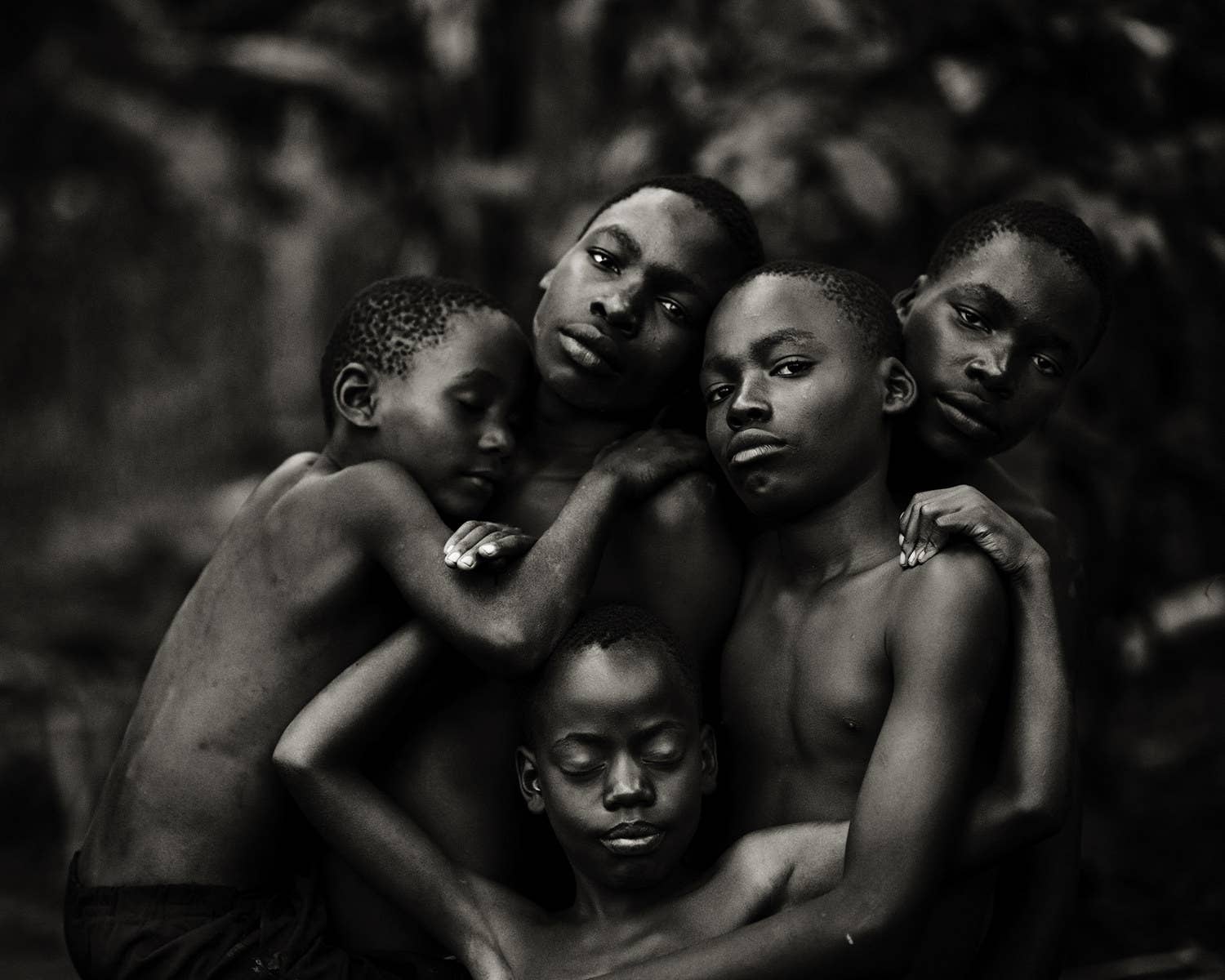
Winners, Editorial Projects
The Yazidi Community, Christian Werner, Iraq
"The Yazidis are more persecuted than other religious communities. Since the invasion of the IS terrorist militia in Iraq, hundreds of thousands of Yazidis were uprooted and are on the run. Thousands of men and boys were shot and beheaded, and women were abducted and sold at auction as sex slaves." – Christian Werner



Brothers, Elin Hõyland, Norway
"The brothers always lived together on a small farm in rural Norway until one of them passed away. Neither ever married or travelled." – Elin Hõyland


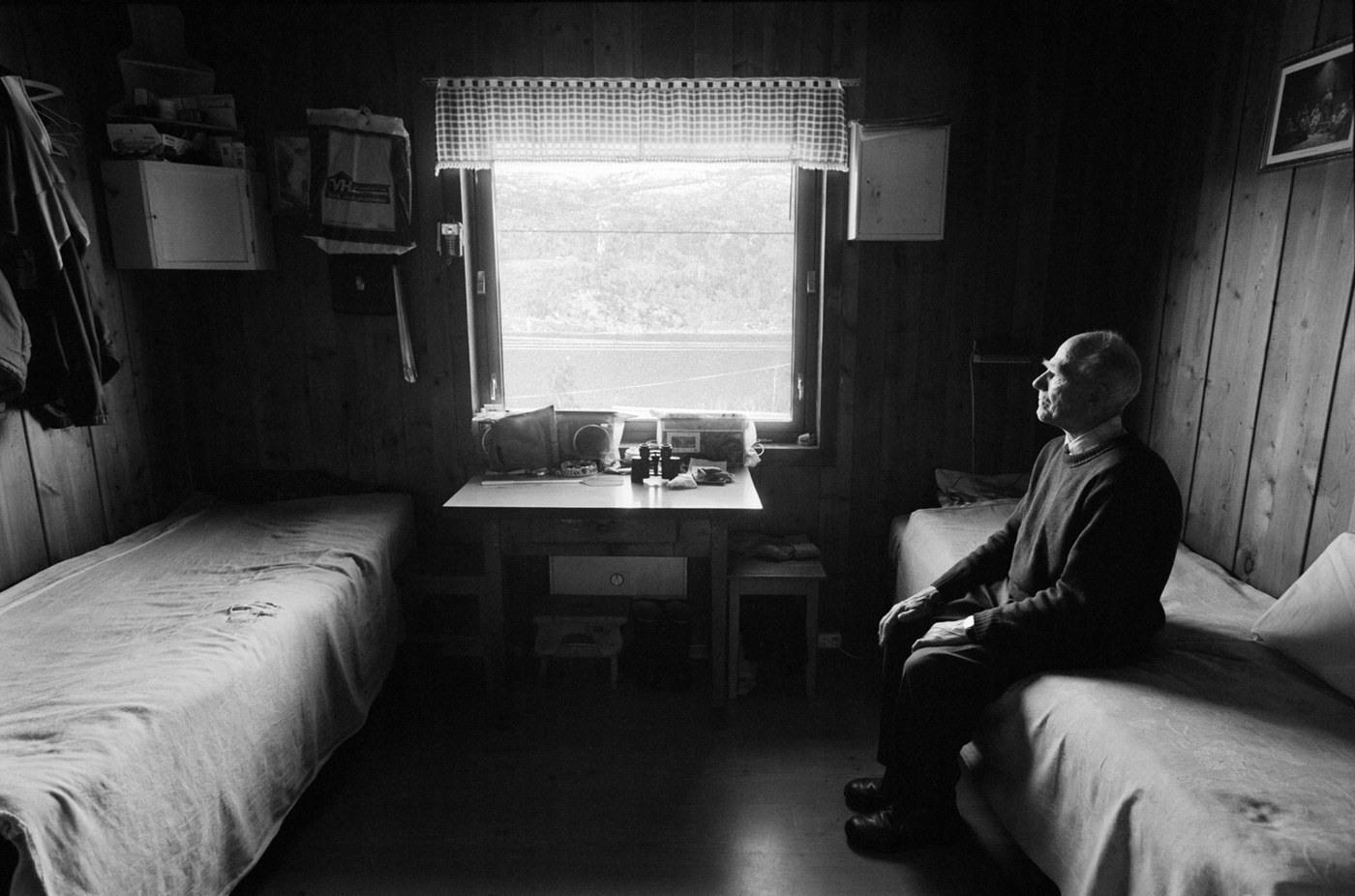
Ebola, Tommy Trenchard, Sierra Leone
"Since making the leap from bats to humans in a small Guinean village in late 2013, Ebola has rampaged across a large swathe of West Africa, killing over 8,000, undoing a decade of painstaking development, and creating a rift, and sometimes even violence, between governments and their subjects." – Tommy Trenchard

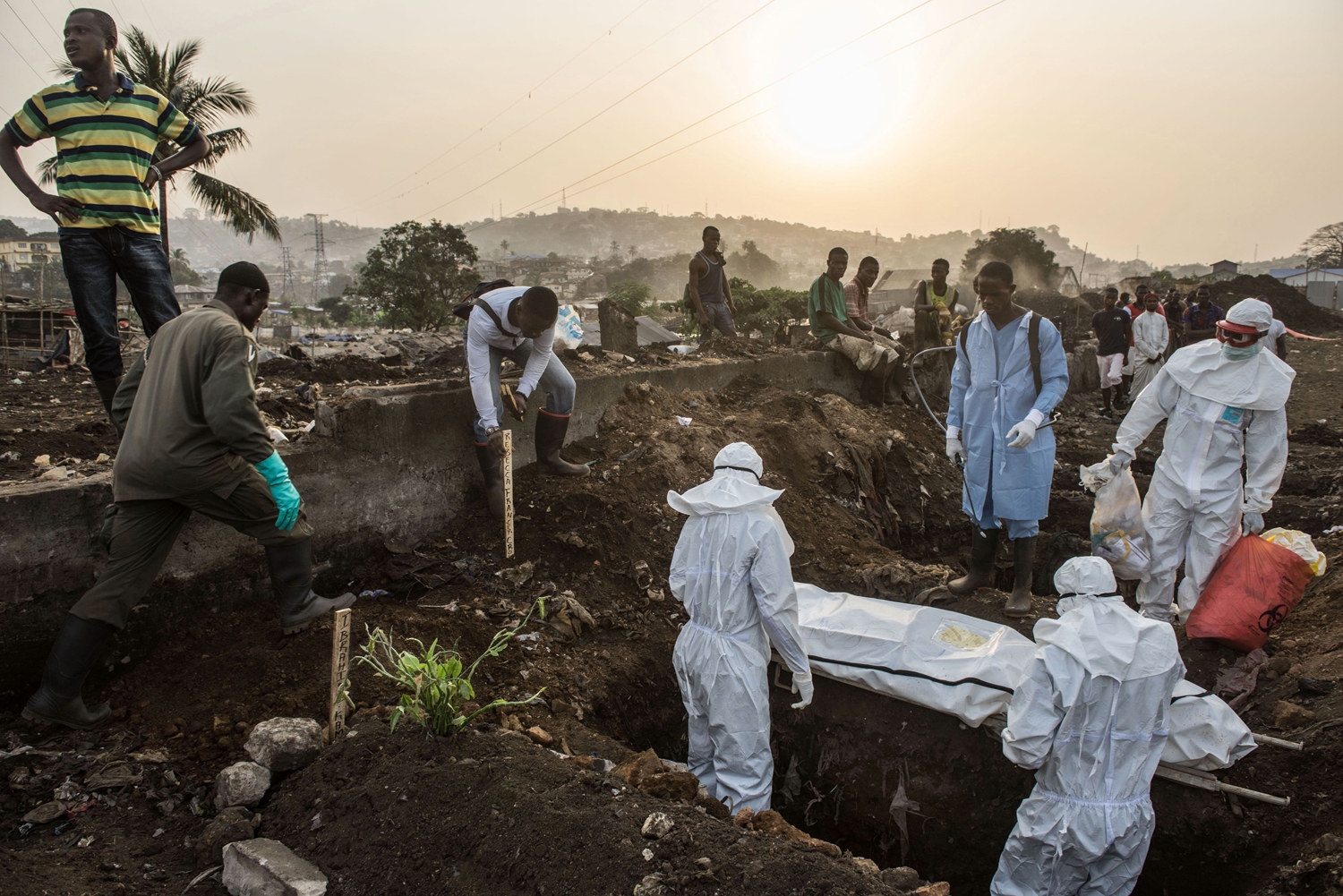
Sulphur Miners, Luca Catalano Gonzaga, Indonesia
"Inside the womb of the Ijen Kawah volcano, in Eastern Java, Indonesia, the miners go deep in search of the devil's gold, as sulphur has always been known. Every day, 300 men climb up 3km up the volcano and then head 900 metres downwards into the crater where the sulphur crystals lie, defying the unbearable heat, the rarefied air, and the darkness without any protection. The sulphurous gas hits the throat, burns the lungs, makes tears spring from the eyes. This is hard work which will end soon – the average life expectancy of the sulphur miners does not go beyond 50 years. They work at night for 14 hours. All this for five euros per day, or 10 if the miner is able to repeat the same path once more." – Luca Catalano Gonzaga

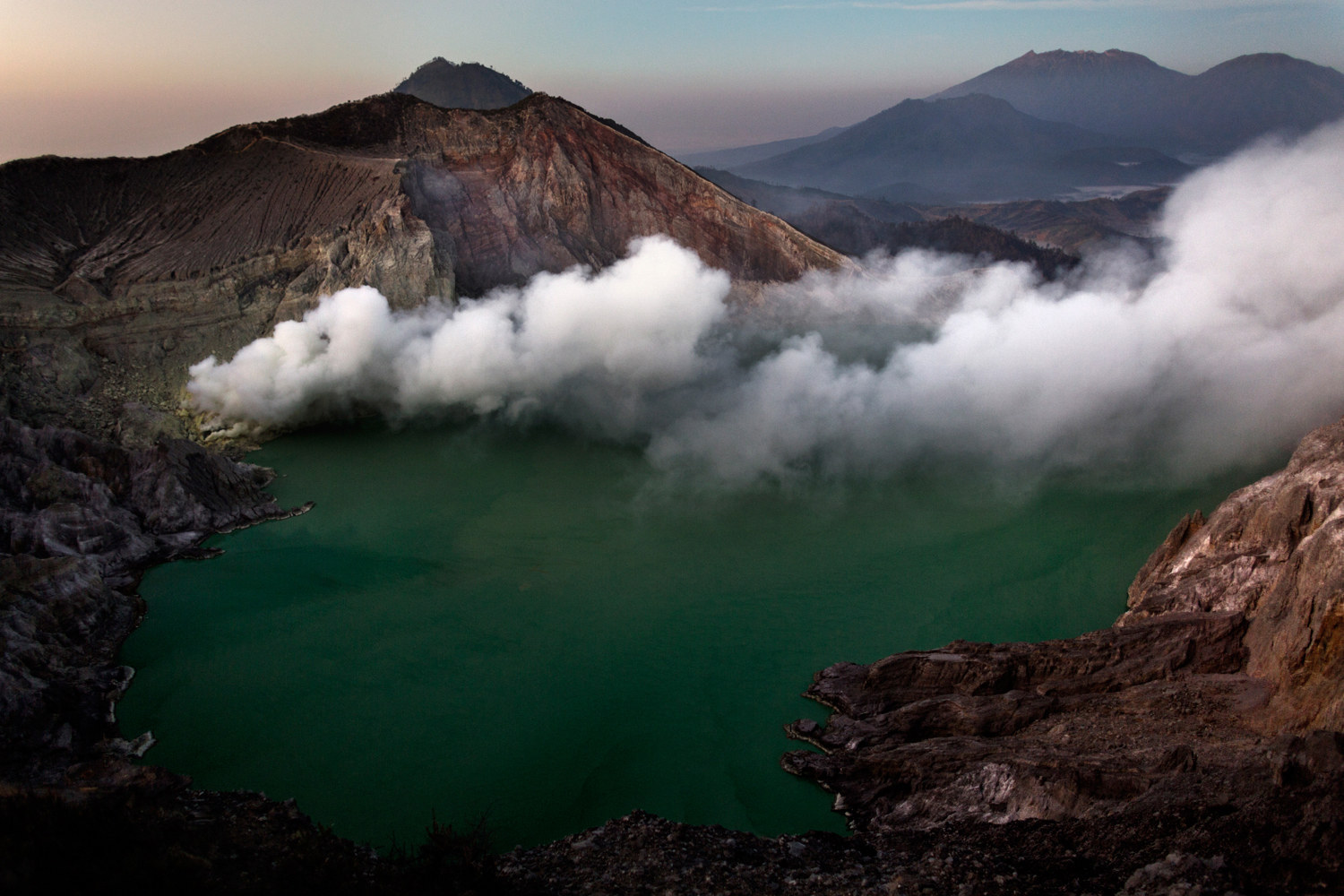

Muay Thai Kickboxing, Matt Palmer, Australia
"I have been intrigued by Muay Thai kickboxing in Brisbane, Australia, since I was lucky enough to document behind the scenes and saw how much cultural value each fighter places in the sport. This is often reflected in ceremonial dress, the ceremonial dance at the beginning of a fight, the ferocity of the combat, and the camaraderie between opponents once the fight is over." – Matt Palmer

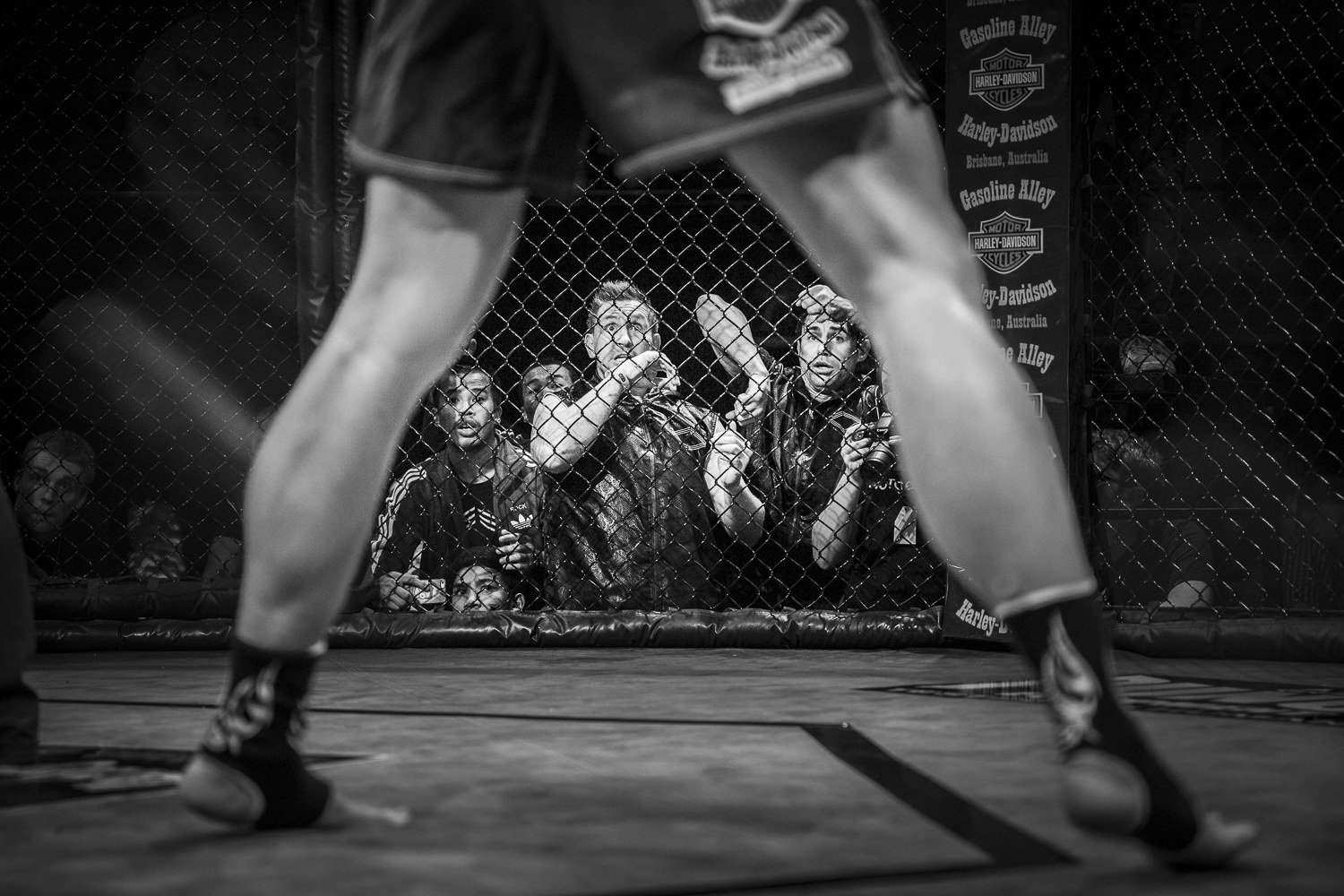
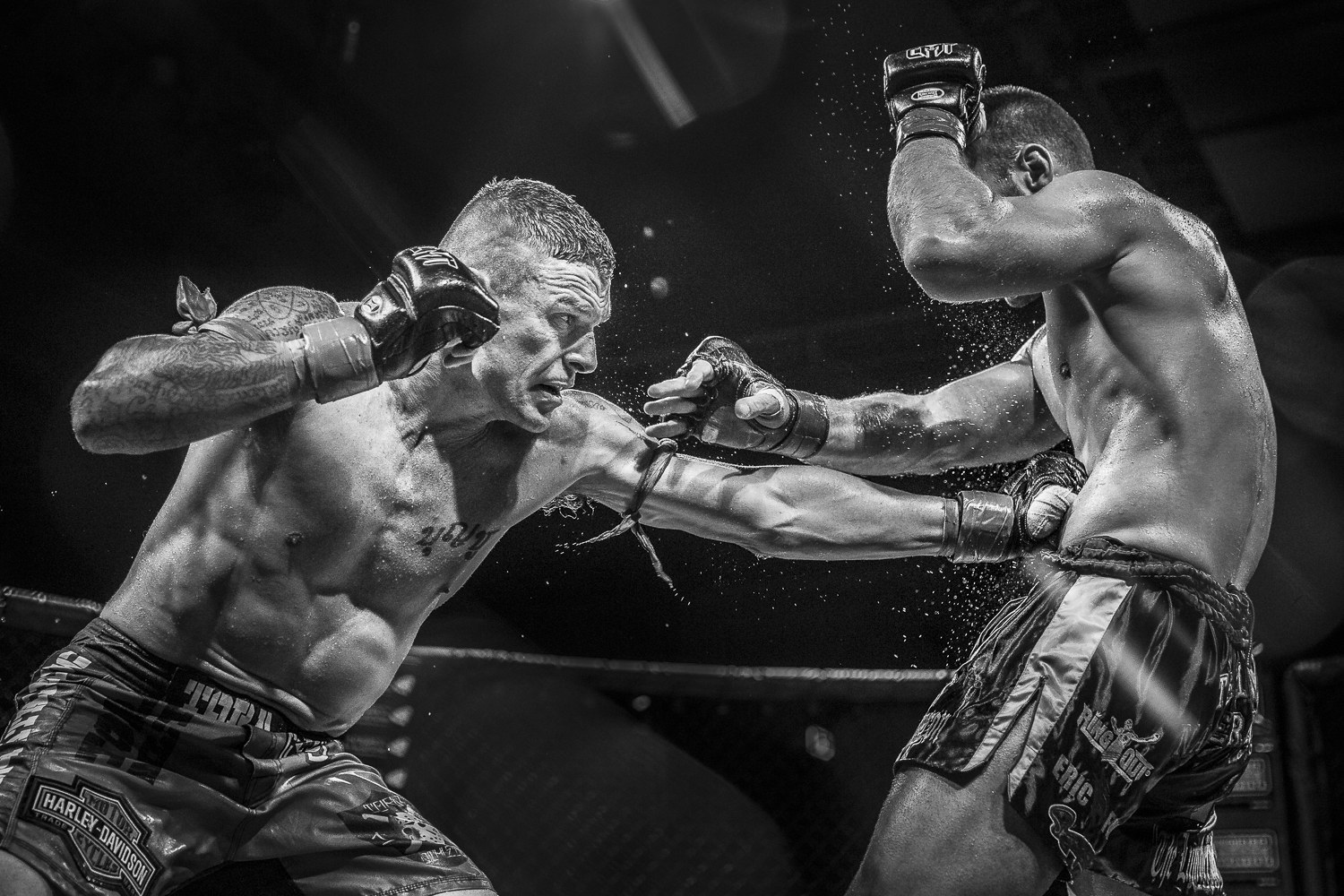
Irish Travellers, Mattia Zoppellaro, Ireland
"Irish travellers, also called pavees, are a traditionally itinerant ethnic group who maintain a set of traditions. They are predominantly English-speaking.
"The origins of this nomadic group are far from known. There are several assumptions that are difficult to verify given the oral tradition of this people: one, the Pavee derive from an ancient nomadic people, the Tarish; two, they descend from landowners who have lost their possessions; three, their ancestor was an artisan who had agreed to merge the nails to build the cross of Christ and was therefore condemned to wander without finding a permanent abode." – Mattia Zoppellaro



Fur for Fashion, Paolo Marchetti, Poland
"The fur has strong references prehistoric and throughout history. Primitive humans used the skins for protection against the cold, but today, far away from that era, habitats, evolution, needs and lifestyle factors are completely captured by fashion. It is estimated that 90% of high-quality leather come from animals bred and that 45% of production for the industry comes from northern Europe. These images were made in Poland, where minks for the market of high fashion are about 6 million, while in Europe this number amounts to about 50 million." – Paolo Marchetti


Urban Destruction in Homs, Sergey Ponomarev, Syria
"Homs, Syria's third largest city, was one of the early centres of revolt against President Bashar al-Assad. Protests began in the spring of 2012, and after security forces fired on demonstrators, some Homs residents were among the first Syrians to take up arms. Soon, insurgents, most of them locals, ruled the streets of the Old City of Homs. Government forces bombarded and eventually besieged the area. The mood inside turned gradually from exuberance to despair as the armed revolt turned into a stalemate. But what remains in the Old City is one of the most arresting landscapes of urban destruction that the world has seen in recent years. Block after block, neighbourhood after neighbourhood, buildings are pancaked or riddled with holes." – Sergey Ponomarev



Conflict in Luhansk, Valery Melnikov, Ukraine
"When I arrived in the Ukrainian city called Luhansk in the early summer of 2014 the feeling of impending disaster was already in the air. The conflict between separatists and the official Ukrainian authorities gradually escalated into the war. The southeast of Ukraine was captured by the full-scale hostilities. The locals had to survive without any water and electricity under the daily shelling. And each new day could become their last day. These people appeared the participants of the military confrontation against their will. They experienced the most terrible things: the death of their friends and relatives, destroyed houses, and ruined lives of thousands of people." – Valery Melnikov


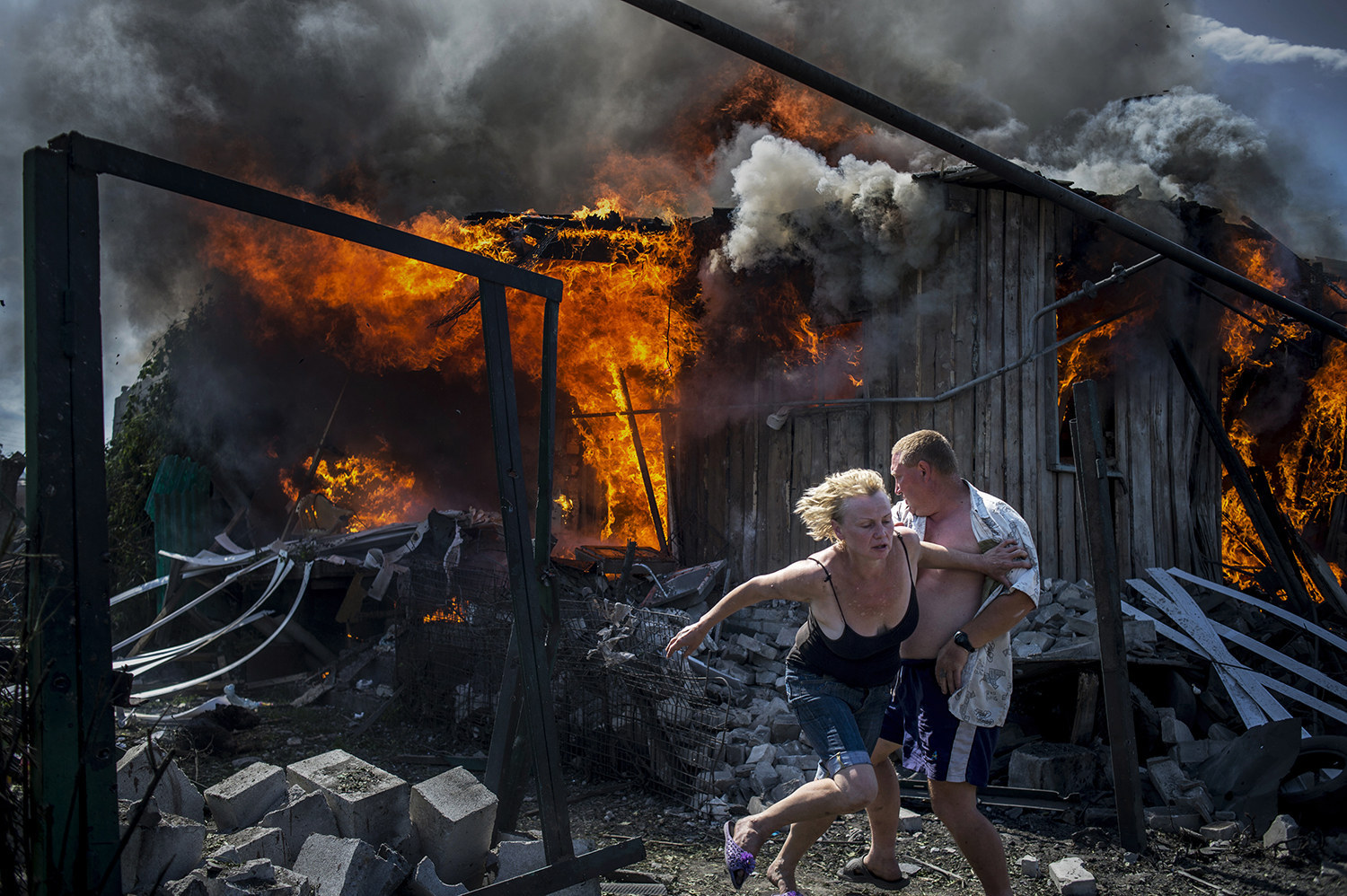
Winners, Nature
